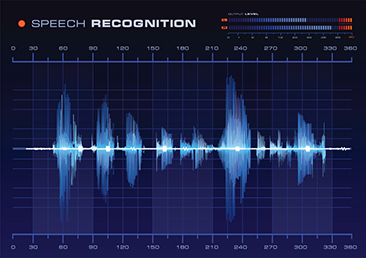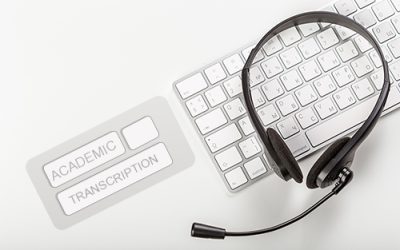
What does this long-form transcription involve? It is the transcription of archival material like oral histories, lengthy podcasts, and news material. This is something very useful for researchers who stand to gain a lot from speedy transcription of the required audio excerpts. Voice recognition technology researchers have the dream of having “a natural conversation with a computer” but they are not sure when the technology will be perfect. The transcription error rate has reduced considerably, and this is what these researchers are excited about. Xuedong Huang, a senior scientist at Microsoft, whose Project Oxford has provided a public API (artificial program interface) for up-and-coming voice recognition entrepreneurs says that when people transcribe a telephone conversation, the error rate is around 4% and when systems such as Google, Microsoft, IBM and all the best combined are put together, the error rate is around 8%. According to him, commercially available systems are probably closer to 12%. Though not as good as humans, it is the best the speech community can do. He adds that this error rate is exceptional when compared to the error rate five years ago. He feels that something magical will happen if they can keep this trend going for the next 2 or 3 years. He hopes that by that period, speech recognition technology may approach human parity in transcribing speech over a typical mobile phone setting.
However, Roger Zimmerman, Chief of Research and Development at 3Play Media, the only company currently offering a commercial application for automated long-form transcription, has doubts about the imminent arrival of long-form transcription technology. He says 3Play’s initial transcriptions have on an average an accuracy rate of 80% or sometimes much more, sometimes much less and these are corrected by human transcriptionists before being sent to customers. He says speech recognition technology won’t be anywhere near human capability for many decades from now.
This brings us back to the huge and continuing relevance of general transcription and general transcription providers in the academic sector. Students, researchers, professors and others in the academic circle can use educational transcription service and enjoy the following major benefits.
- Better transcripts and ease of access: Today the schools are open to virtual lecture halls like Skype classes, video conferencing, online videos, podcast and instructional videos etc and timely transcription of these video and audio clips with the help of an experienced provider ensures accurate transcripts.
- Take printouts when required and share with others: The transcripts can be easily accessed online, and printouts can be taken whenever and wherever you need them.
- Helpful for students and researchers who speak languages other than English: People who speak different languages and are new to English may find it difficult to follow the spoken word. A transcript of the audio will enable such people to understand what the speaker is talking about.
- Helpful for the hearing impaired: It also helps hearing impaired students to access the notes in the best manner.
- Useful for posterity: Transcripts of seminars and lecture notes can be passed on to future students also for reference and better understanding.
Academics use audio transcripts to enhance their study and research material. The complete transcripts can be used to revise and review the notes they may have taken down, or review topics of interest or those which require more attention.



